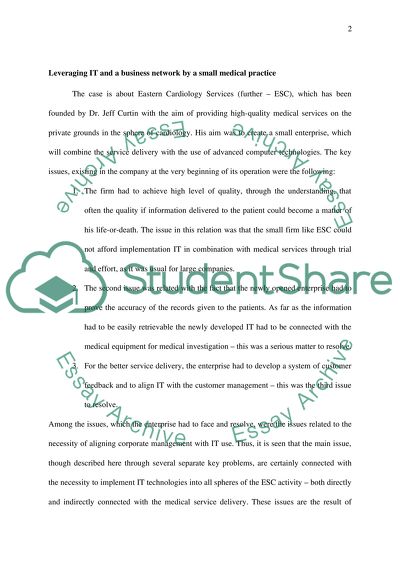Cite this document
(“Leveraging IT and a Business Network by a Small Medical Practice Essay”, n.d.)
Leveraging IT and a Business Network by a Small Medical Practice Essay. Retrieved from https://studentshare.org/miscellaneous/1506097-leveraging-it-and-a-business-network-by-a-small-medical-practice
Leveraging IT and a Business Network by a Small Medical Practice Essay. Retrieved from https://studentshare.org/miscellaneous/1506097-leveraging-it-and-a-business-network-by-a-small-medical-practice
(Leveraging IT and a Business Network by a Small Medical Practice Essay)
Leveraging IT and a Business Network by a Small Medical Practice Essay. https://studentshare.org/miscellaneous/1506097-leveraging-it-and-a-business-network-by-a-small-medical-practice.
Leveraging IT and a Business Network by a Small Medical Practice Essay. https://studentshare.org/miscellaneous/1506097-leveraging-it-and-a-business-network-by-a-small-medical-practice.
“Leveraging IT and a Business Network by a Small Medical Practice Essay”, n.d. https://studentshare.org/miscellaneous/1506097-leveraging-it-and-a-business-network-by-a-small-medical-practice.


